Biophilic Design: Balancing Natural and Urban Environments
Date: May 30, 2019With many of us retreating to our cabins and lake homes to seek the solace provided by nature, I feel that this is a good time to highlight the theory of Biophilic Design. Although leaving our homes and offices to bask in the more remote wilderness is nice, perhaps it merits giving more thought on how to incorporate those natural elements into our homes and work spaces especially in the beginning of the design/build process.
Definition of biophilia
: a hypothetical human tendency to interact or be closely associated with other forms of life in nature
Merriam-Webster
Biophilic design seeks to connect our inherent need to affiliate with nature in the modern built environment. An extension of the theory of biophilia, biophilic design recognizes that our species has evolved for more than 99% of its history in adaptive response to the natural world and not to human created or artificial forces. We became biologically encoded to associate with natural features and processes. Rather than being vestigial – or relevant to a world that no longer exists – this need is thought to remain instrumental to people’s physical and mental health, fitness, and wellbeing.
Stephen R. Kellert
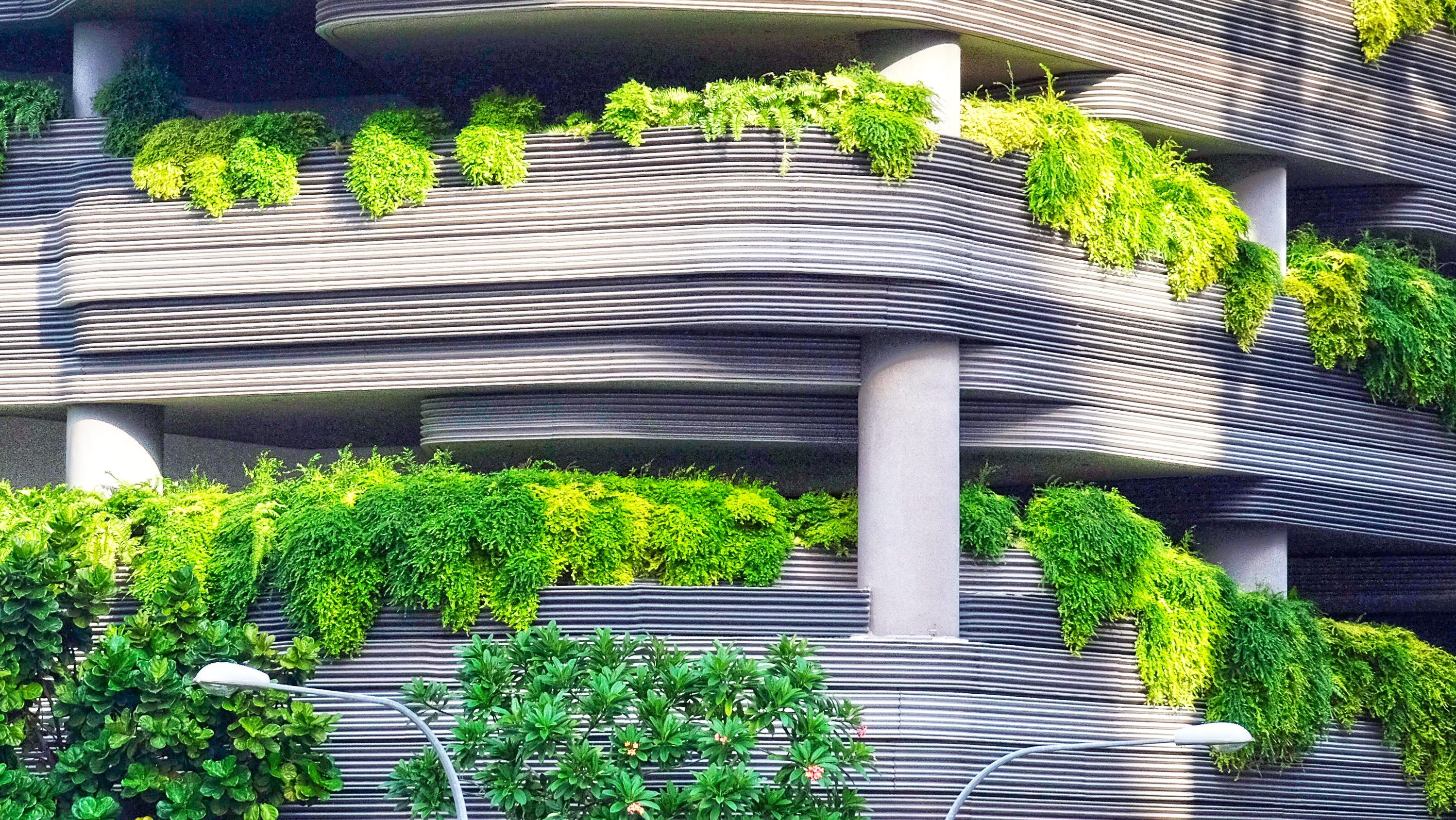
Photo by 贝莉儿 NG on Unsplash
When I think of spending time at the cabin it brings a feeling of calm and comfort. Relaxing in the separation from the urban landscape that many of us spend the majority of our day-to-day lives. The silence, the smells and the all of the activities bustling around you that you can only see if you take the time to stop and look. Everything is spread out and independent yet somehow united and in order. Personally, my mind shifts from the thought of imposing myself and what I want for my space onto the world around me to one that is more focused on co-existing with it. I try to create spaces that are complimentary to the surrounding environment along with incorporating more of that natural environment into my space.
We need nature in a deep and fundamental fashion, but we have often designed our cities and suburbs in ways that both degrade the environment and alienate us from nature. The recent trend in green architecture has decreased the environmental impact of the built environment, but it has accomplished little in the way of reconnecting us to the natural world, the missing piece in the puzzle of sustainable development.
Biophilic Design: The Architecture of Life
5 Conditions for the Effective Practice of Biophilic Design:

Photo by serge vorobets on Unsplash
Biophilic design fosters positive and sustained interactions and relationships among people and the natural environment. Humans are a deeply social species whose security and productivity depends on positive interactions within a spatial context. Effective biophilic design fosters connections between people and their environment, enhancing feelings of relationship, and a sense of membership in a meaningful community.
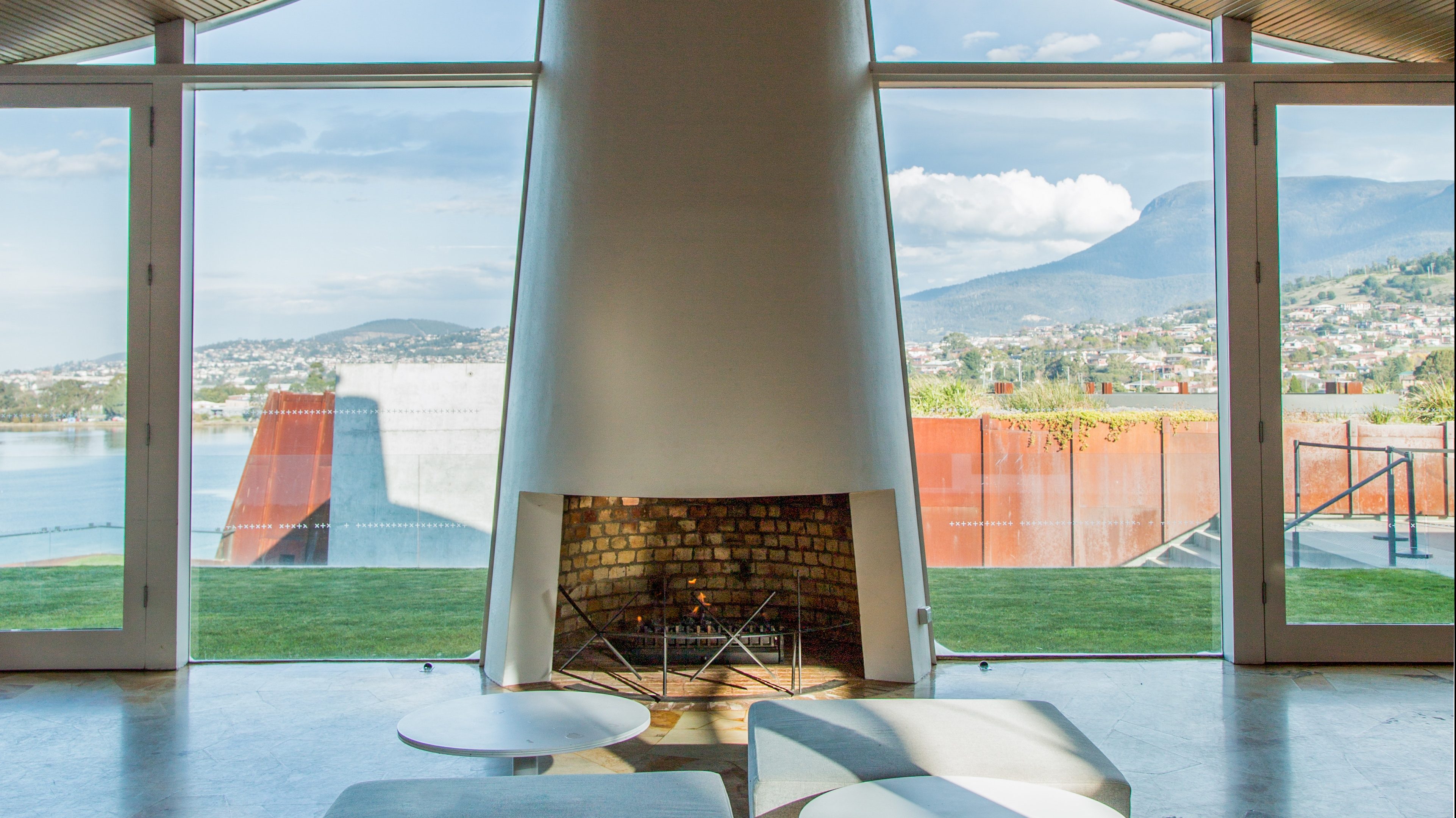
Photo by mahdis mousavi on Unsplash
Biophilic design emphasizes human adaptations to the natural world that over evolutionary time have proven instrumental in advancing people’s health, fitness, and wellbeing. Exposures to nature irrelevant to human productivity and survival exert little impact on human wellbeing and are not effective instances of biophilic design.
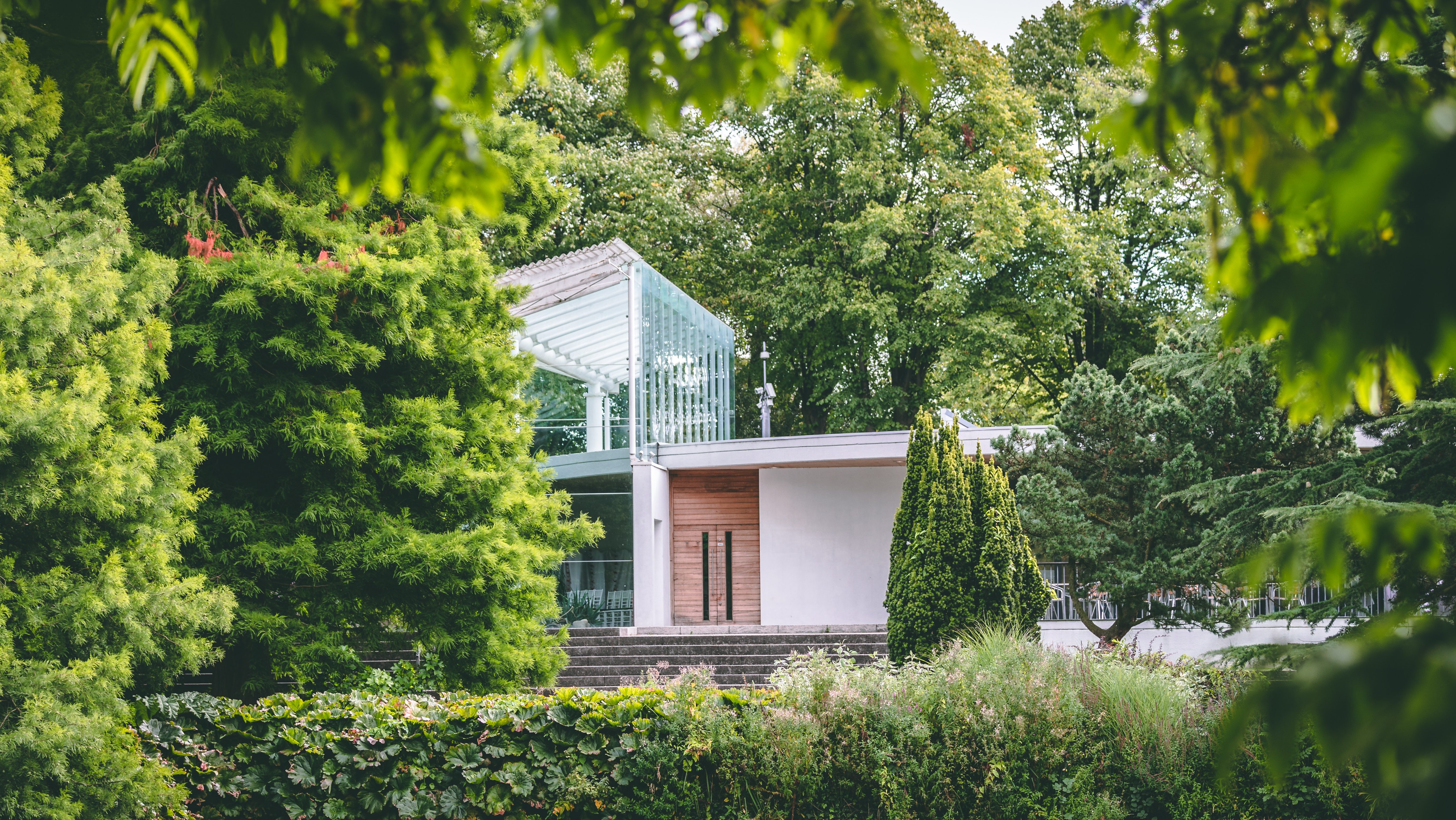
Photo by James Baldwin on Unsplash
Biophilic design fosters emotional attachments to settings and places. By satisfying our inherent inclination to affiliate with nature, biophilic design engenders an emotional attachment to particular spaces and places. These emotional attachments motivate people’s performance and productivity, and prompt us to identify with and sustain the places we inhabit.
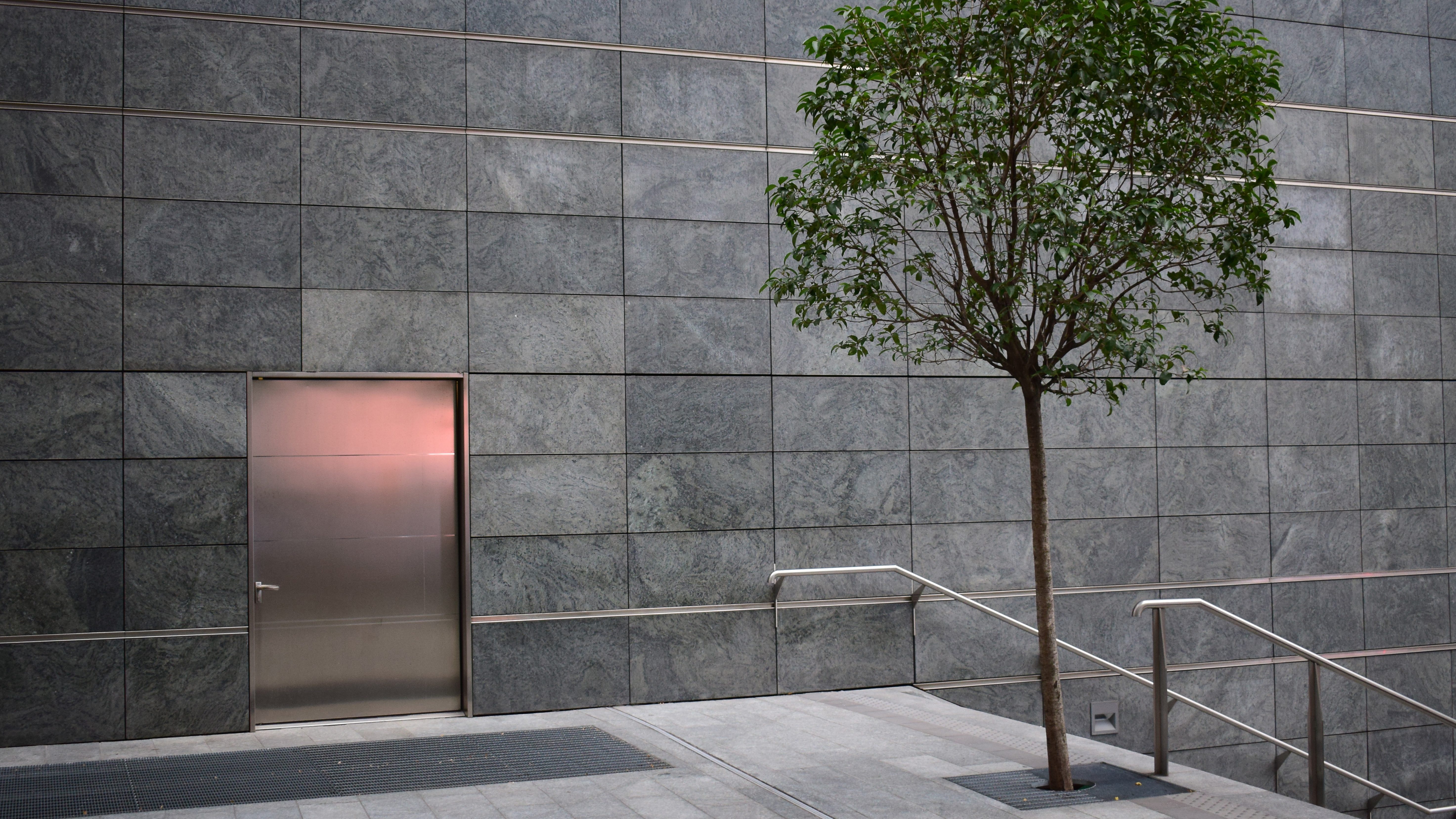
Photo by Chris Barbalis on Unsplash
Biophilic design requires reinforcing and integrating design interventions that connect with the overall setting or space. The optimal functioning of all organisms depends on immersion within habitats where the various elements comprise a complementary, reinforcing, and interconnected whole. Exposures to nature within a disconnected space – such as an isolated plant or an out of context picture or a natural material at variance with other dominant spatial features – is NOT effective biophilic design.
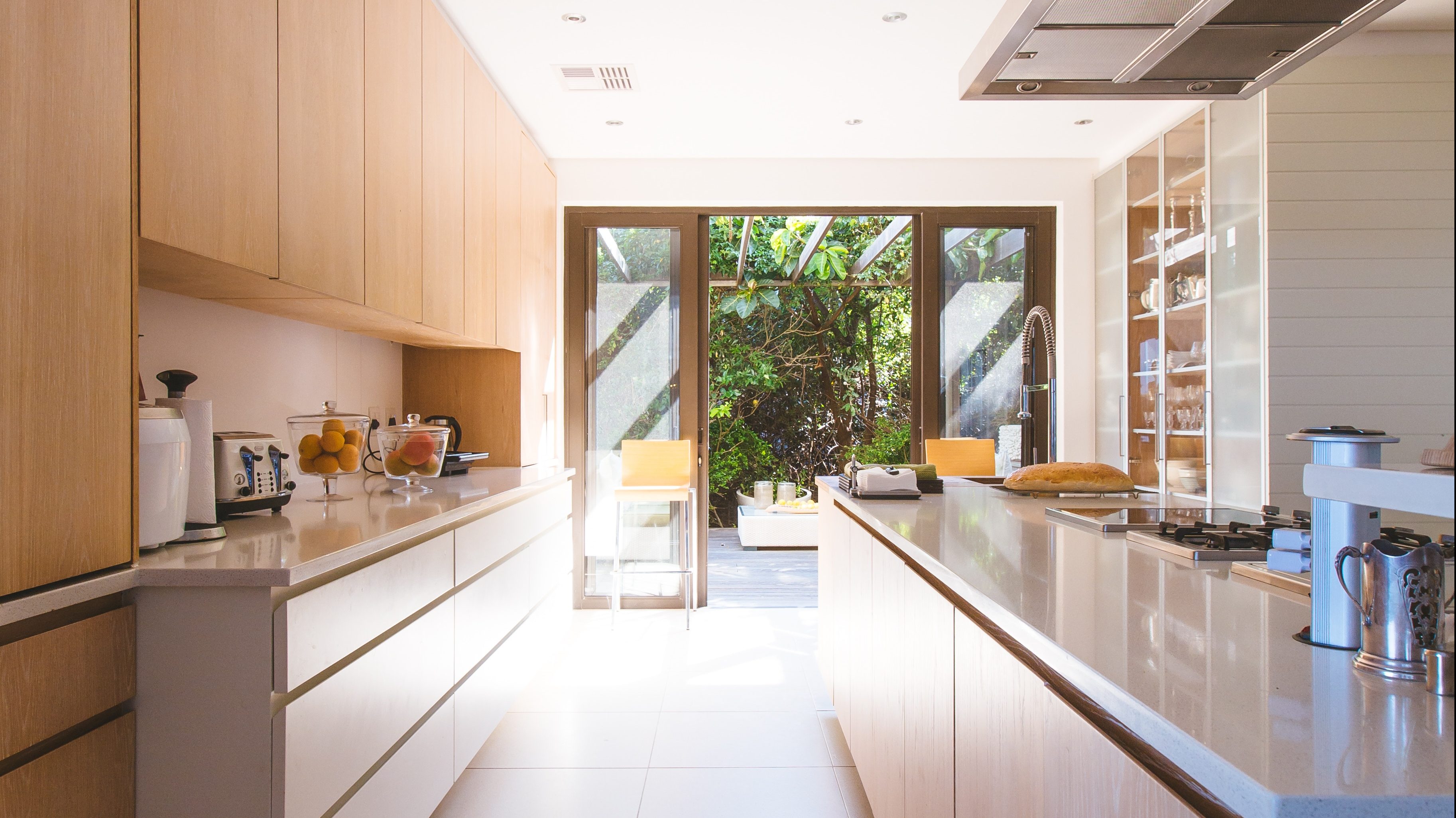
Photo by Jason Briscoe on Unsplash
Biophilic design depends on repeated and sustained engagement with nature. An occasional, transient, or isolated experience of nature exerts only superficial and fleeting effects on people, and can even, at times, be at variance with fostering beneficial outcomes.
Build Something New
When it comes to design in building a new structure or remodeling an existing structure, I think it is worth entertaining the idea of Biophilic Design. It may not be the right fit for your whole home or office space but the key is finding a way to continue being in touch with the nature and natural elements regardless of our actual surroundings. Bring the calm and curiosity that nature provides into your day-to-day world and see how it could help you be more productive, enhance your physical and mental health and your overall wellbeing.
The heart of this challenge is a modern world that has forgotten in so many ways how much our physical, mental and even spiritual health and wellbeing continue to rely on the quality of our relationship to nature. The promise of biophilic design will, therefore, require a new realization – whether at home or at work, at school or at play, indoors or outdoors – of how much we still depend on beneficial contact with nature to be healthy, productive and whole.
Biophilic Design: The Architecture of Life
Learn more about Biophilic Design and Sustainable Design at the links below:
Sustainable Living
Lake Country Builders
Biophilic Design: The Architecture of Life
A Documentary by: Stephen R. Kellert & Bill Finnegan
What Is and Is Not Biophilic Design?
Stephen R. Kellert